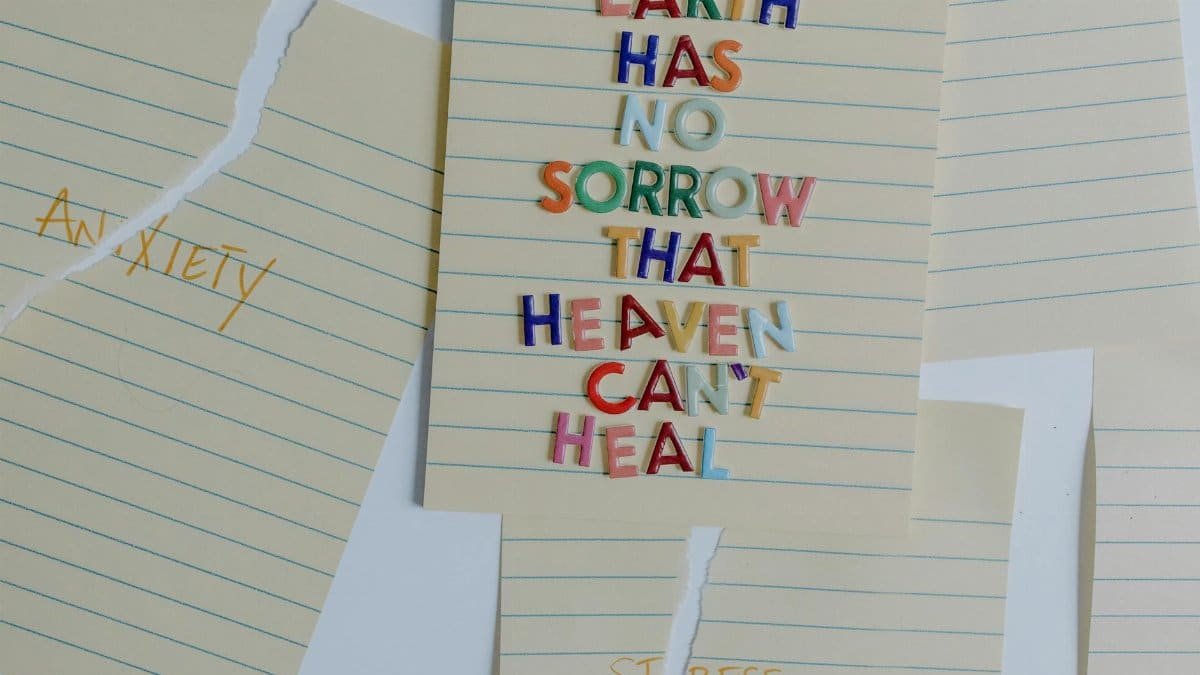Angelina Jolie, the Oscar-winning actress and humanitarian, recently opened up about incorporating sound healing into her daily routine. In a candid interview, she revealed how these soothing practices help her manage stress amid a hectic life. This disclosure comes as sound relaxation healing gains traction among celebrities and everyday folks alike, promising a natural path to wellness. But what’s behind this trend, and does it really work? Jolie’s endorsement is sparking widespread interest, pushing more people to explore its benefits in 2025.
What Is Sound Relaxation Healing?
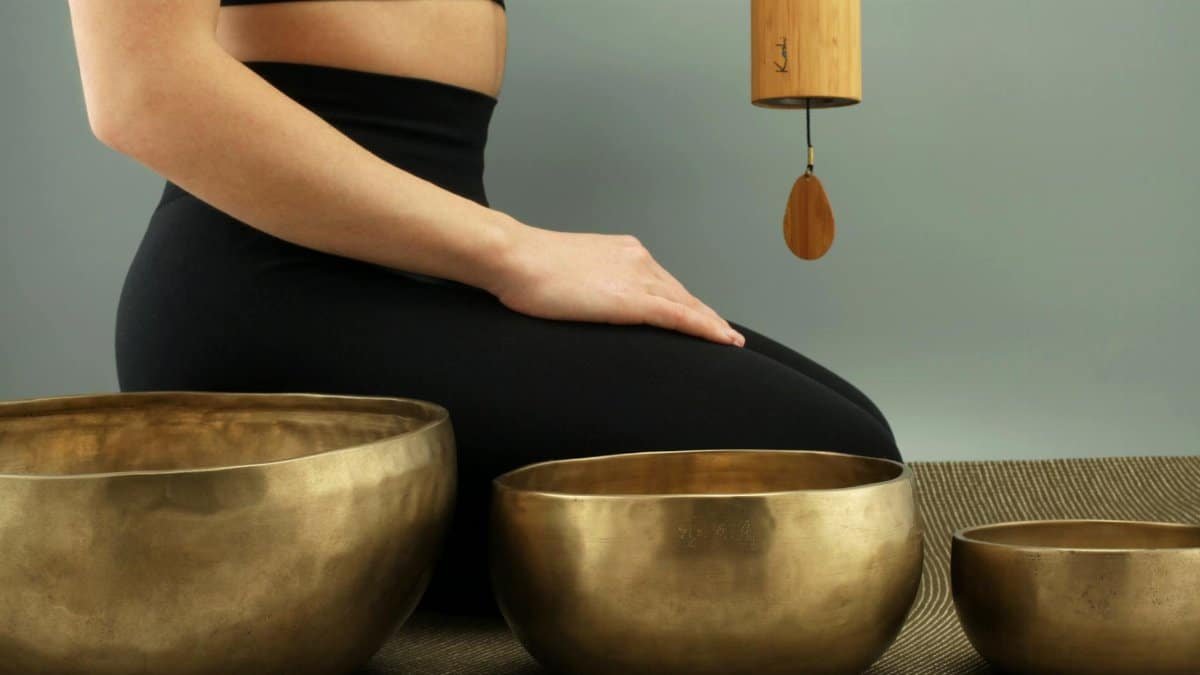
Sound relaxation healing involves using specific sounds, like gongs, singing bowls or binaural beats, to promote relaxation and healing. Practitioners believe these vibrations can reduce anxiety, improve sleep and even alleviate pain. It’s rooted in ancient traditions but has modern twists with apps and online sessions. Jolie mentioned using it to center herself, especially during family time or after long workdays. This method isn’t new, but celebrity spotlights are making it mainstream.
Angelina Jolie’s Personal Journey

Jolie shared in a recent profile that sound healing became a staple after her high-profile divorce and health challenges. She described sessions where calming tones help her unwind and reconnect with her kids. “It’s like a reset button for the mind,” she reportedly said. This isn’t just fluff; experts note that sound therapy can lower cortisol levels, the stress hormone. Her story resonates with many juggling careers and personal lives in today’s fast-paced world.
The Science Behind the Sounds
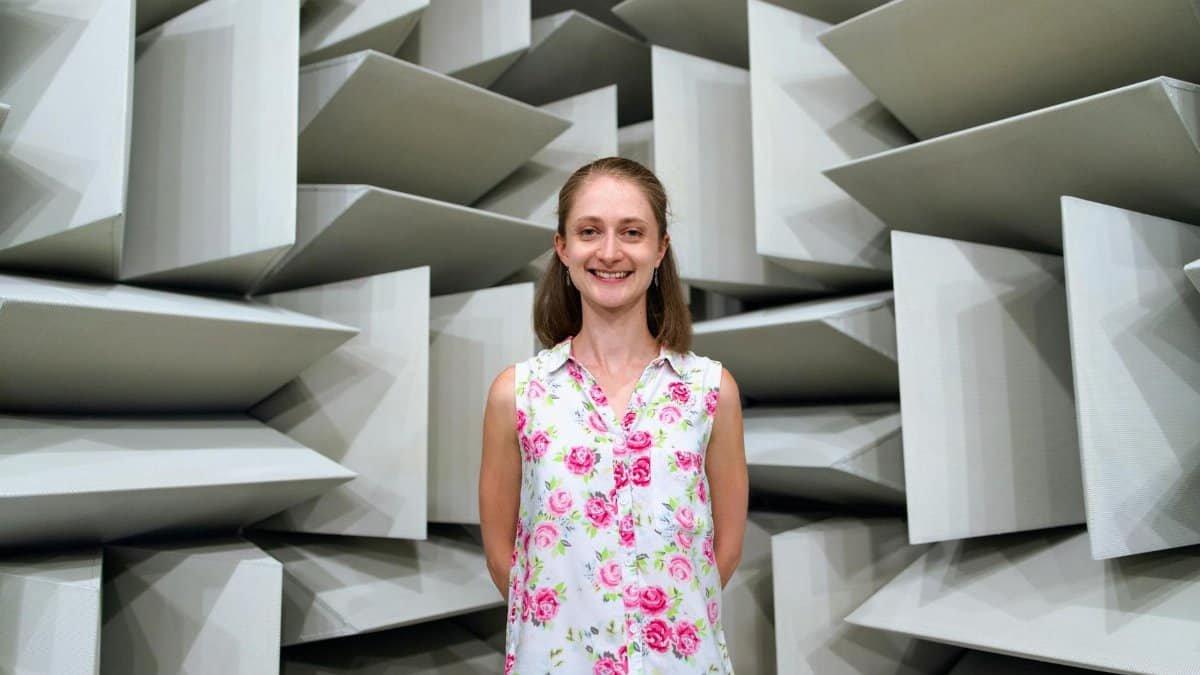
Research supports some claims of sound relaxation healing. Studies show that listening to certain frequencies can alter brainwaves, leading to deeper relaxation. For instance, a report from the National Institutes of Health highlights how music therapy, a related field, aids in pain management and mental health.NCCIH on Music and Health. Another study in the Journal of Evidence-Based Integrative Medicine found sound baths reduce tension. It’s not magic, but measurable effects on the body.
Celebrity Influence on Wellness Trends

Jolie’s not alone. Stars like Gwyneth Paltrow and Russell Brand have praised sound healing too. This celebrity buzz drives public curiosity, with wellness retreats seeing spikes in attendance. In 2025, experts predict a surge in sound-based apps and home kits. But is it hype or helpful? Analysts say endorsements from figures like Jolie make alternative therapies more accessible, breaking stigmas around mental health practices.
Practical Ways to Try It at Home
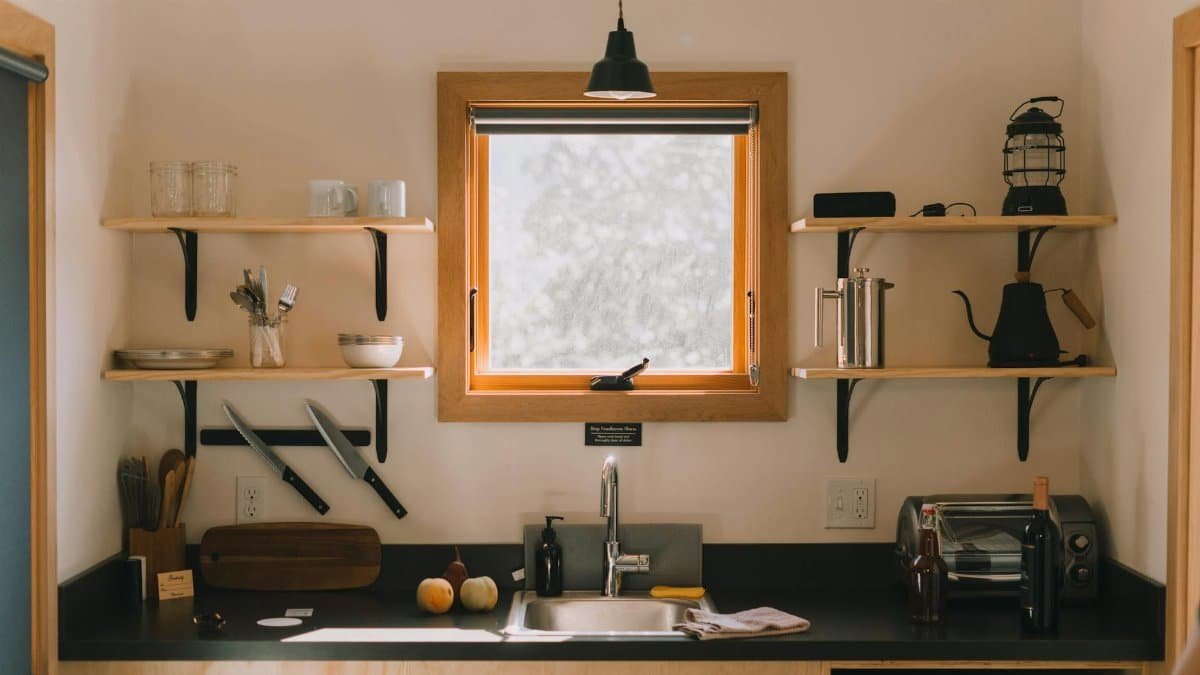
Getting started with sound relaxation healing doesn’t require fancy equipment. Begin with free YouTube videos of Tibetan bowl sessions or apps like Insight Timer. Jolie reportedly uses simple playlists during quiet evenings. Set aside 10 minutes daily, lie down and let the sounds wash over you. For best results, combine with deep breathing. It’s low-cost and easy, appealing to busy parents or professionals seeking quick relief.
Potential Benefits for Mental Health
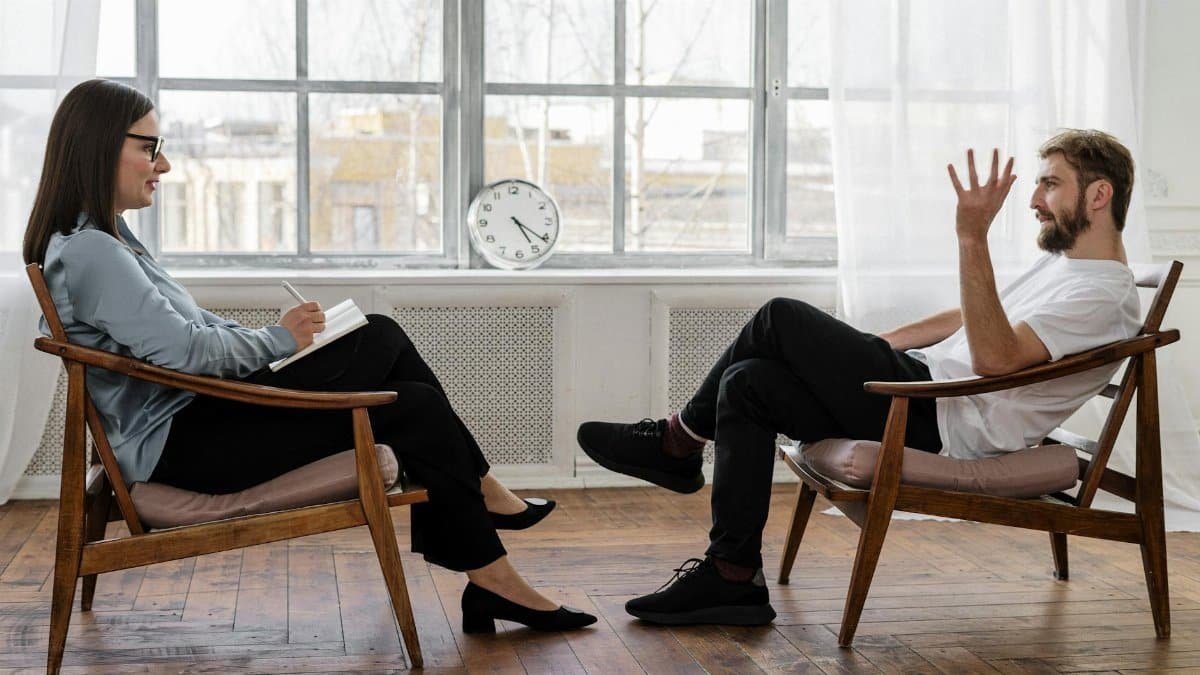
Advocates claim sound healing eases depression and PTSD symptoms. A review by the American Psychological Association notes that auditory interventions can enhance mood and cognitive function.APA on Music Therapy. Jolie has spoken about her own battles with anxiety, crediting these methods for emotional balance. In a year where mental health awareness is peaking, such tools offer non-invasive support.
Criticisms and Skepticism
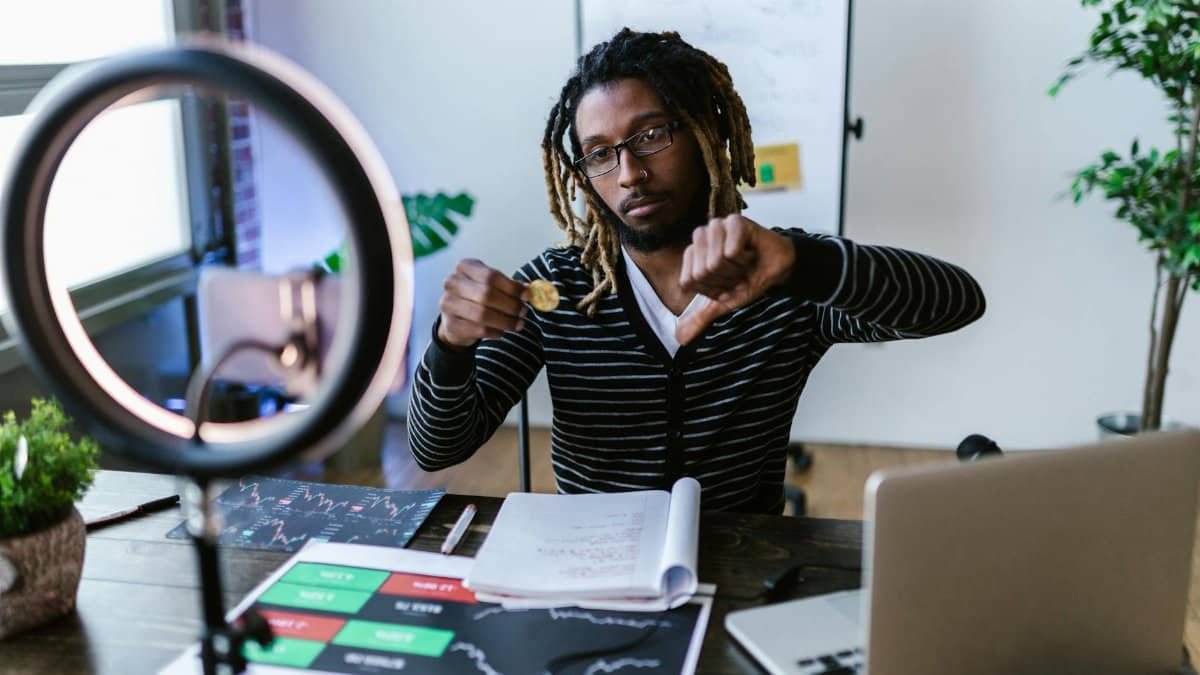
Not everyone’s convinced. Critics argue sound relaxation healing lacks rigorous scientific backing, calling it pseudoscience. Some studies show placebo effects at play. Jolie brushes off doubters, focusing on personal gains. Experts recommend consulting doctors before replacing traditional treatments. Still, with growing interest, more research is underway to validate or debunk these claims in clinical settings.
Sound Healing in Modern Wellness Culture
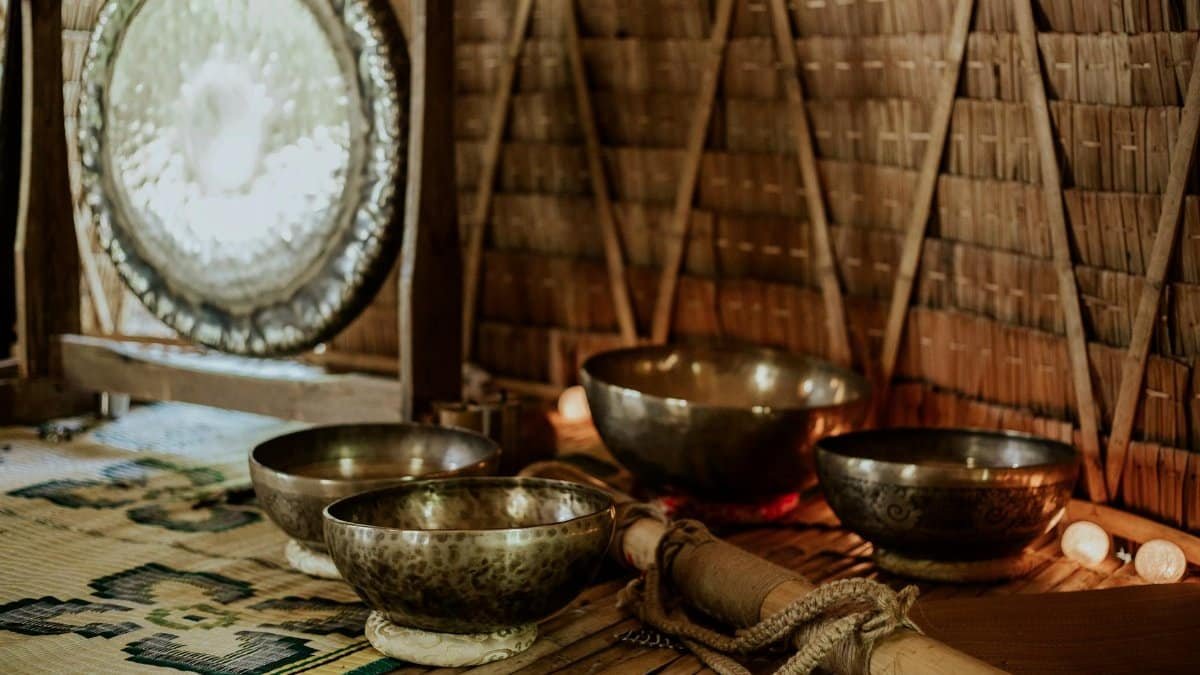
In 2025, sound therapy fits into broader trends like mindfulness and biohacking. Spas and gyms now offer group sessions, blending it with yoga or meditation. Jolie’s influence extends to her philanthropy, where she promotes holistic health in underserved communities. This cultural shift reflects a move away from pills toward natural remedies, especially post-pandemic.
How It’s Shaping Daily Routines
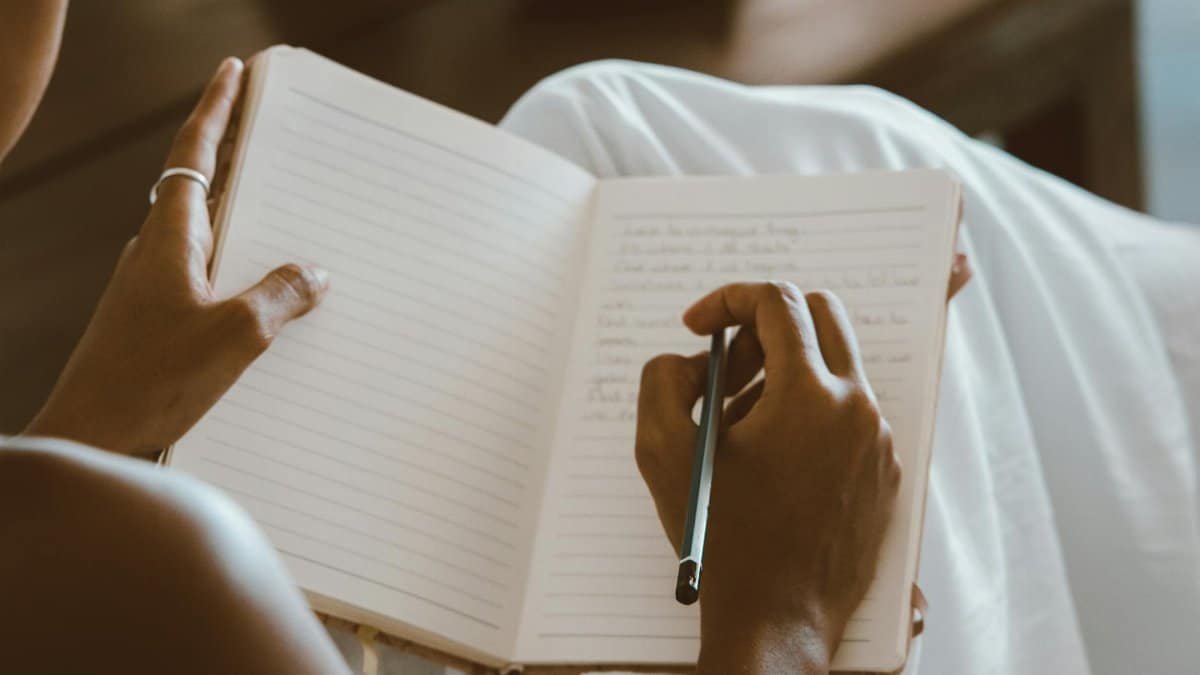
For many, like Jolie, sound relaxation healing integrates seamlessly into routines. Parents use it for bedtime calm, athletes for recovery. A survey by the Global Wellness Institute indicates rising adoption in the U.S., with 25% of adults trying alternative therapies last year. It fosters better sleep and focus, key in high-stress jobs. Jolie’s example shows it’s not just for the elite; anyone can benefit.
The Future of Sound-Based Therapies

As technology advances, virtual reality sound experiences could emerge. Jolie might inspire more celebs to share their stories, boosting research funding. In 2025, expect integrations with wearables tracking relaxation metrics. While debates continue, the growing body of evidence suggests sound relaxation healing has a place in holistic health arsenals.
